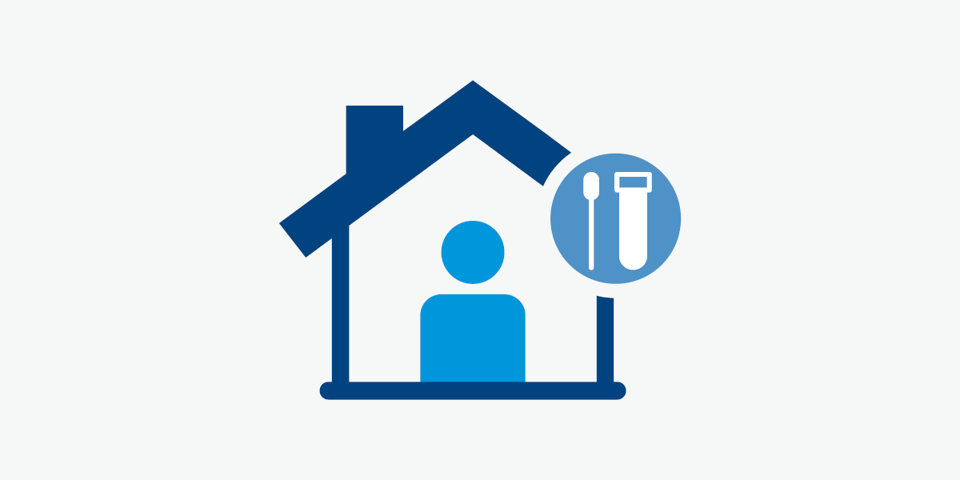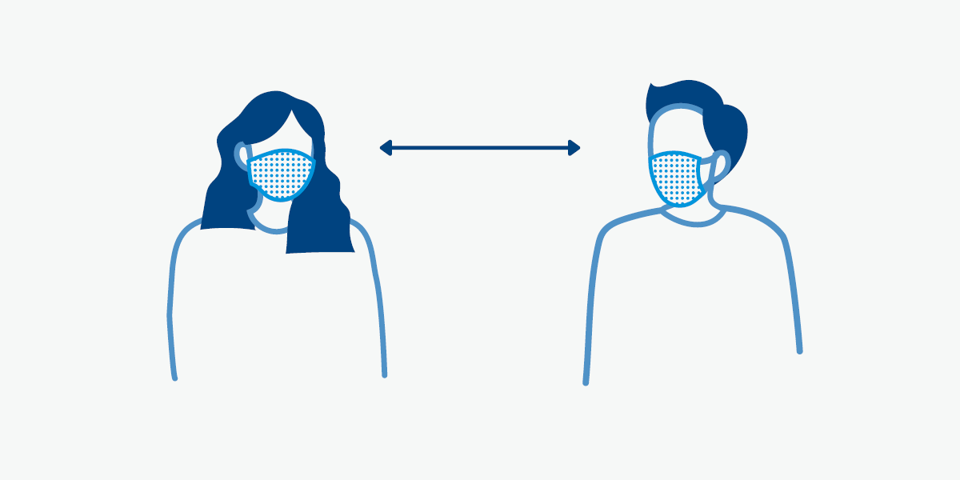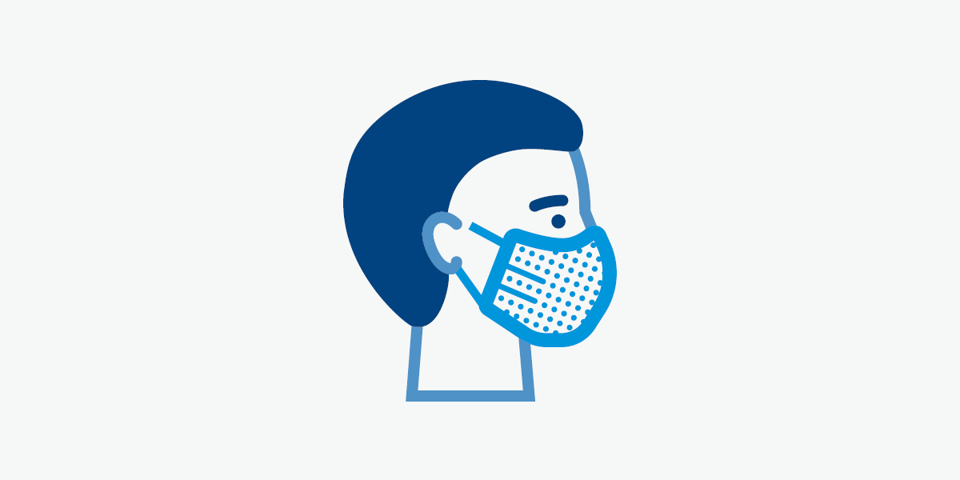Visiting arrangements
Current visiting advice allows patients in most areas of Fife hospitals to receive two visitors at a time. There are no time restrictions on visits.
Current visiting advice allows patients in most areas of Fife hospitals to receive two visitors at a time. There are no time restrictions on visits.

Essential visiting is in operation in a small number of our wards currently.
The following are currently permitted only for essential visiting. Note that this list is updated daily so if you are in any doubt about whether you can visit, please do not hesitate to contact the ward and nurse in charge to discuss your personal circumstances.
Please note: Staff may recommend infection control measures such as wearing a face mask. This is for patient, visitor and staff safety and we ask that you are respectful of any recommendations.
There are a number of areas where visiting is considered to be essential and will continue to be permitted. Anyone who wishes to discuss a specific visiting requirement, can discuss this with nurse-in charge in person.
Please note that for Mental Health and Learning Disability Services there is person centred visiting with no booking system in place.
These wards are:
Further details can be found on the following links Maternity /End of Life Care /Mental Health/Learning Disabilities / Children’s Department.
This position will be kept under regular review.
From 16 May 2023 the guidance for the extended use of face masks and face coverings in hospitals, hospital settings is no longer applicable.
Individual patients and members of the public may continue to choose to wear a face covering whilst attending hospital or other health premises and will be fully supported to do so.

Wash your hands and use hand gels provided, particularly when you arrive and leave

Please do not visit your friends and loved ones if you feel unwell

Visitors should not bring in food parcels, flowers, helium balloons or similar items

Patients can receive two visitors at a time with no time restrictions

Movement around the hospital will be limited - please do not visit other patients

Maintain physical distancing in clinical areas. See our Distance Aware page for best practice in communal areas.

Whilst no longer mandatory, you will be fully supported if you choose to wear a mask when visiting

Catering facilities will not be available and please do not eat or drink in a ward environment
At times it may be necessary to restrict visiting for short periods of time for specific reasons. For example, if there is an outbreak of an infection such as COVID-19 in a ward it is normal practice to restrict visiting until the outbreak is under control. Even in these circumstances we would expect essential visits to be able to continue where required. Some examples of situations include, when someone is reaching the end of their life, if someone has dementia and needs family support, support for someone with a learning disability, a family member who has informal caring responsibilities, parents with a child in hospital and care relating to childbirth including both ante-natal and post-natal care. These examples are illustrative and are not an exhaustive list. Contact the ward and nurse in charge to discuss your personal circumstances.
Patients in most areas of Fife hospitals are allowed visits from two people at a time.
If you are visiting please remember to:
Parents own children (siblings of the newborn) will be welcome to visit within the maternity ward area, out with quiet time.
Quiet Time runs from 230pm until 430pm in our maternity wards.
The two-hour period where lights are dimmed and noise is kept to a minimum. This helps in the developmental care of the newborn and allows mothers to rest.
Only one birth partner will be able to stay during quiet time.
Where in-person support is not possible, a patient can be supported by alternatives such as virtual visiting using tablets or mobiles.